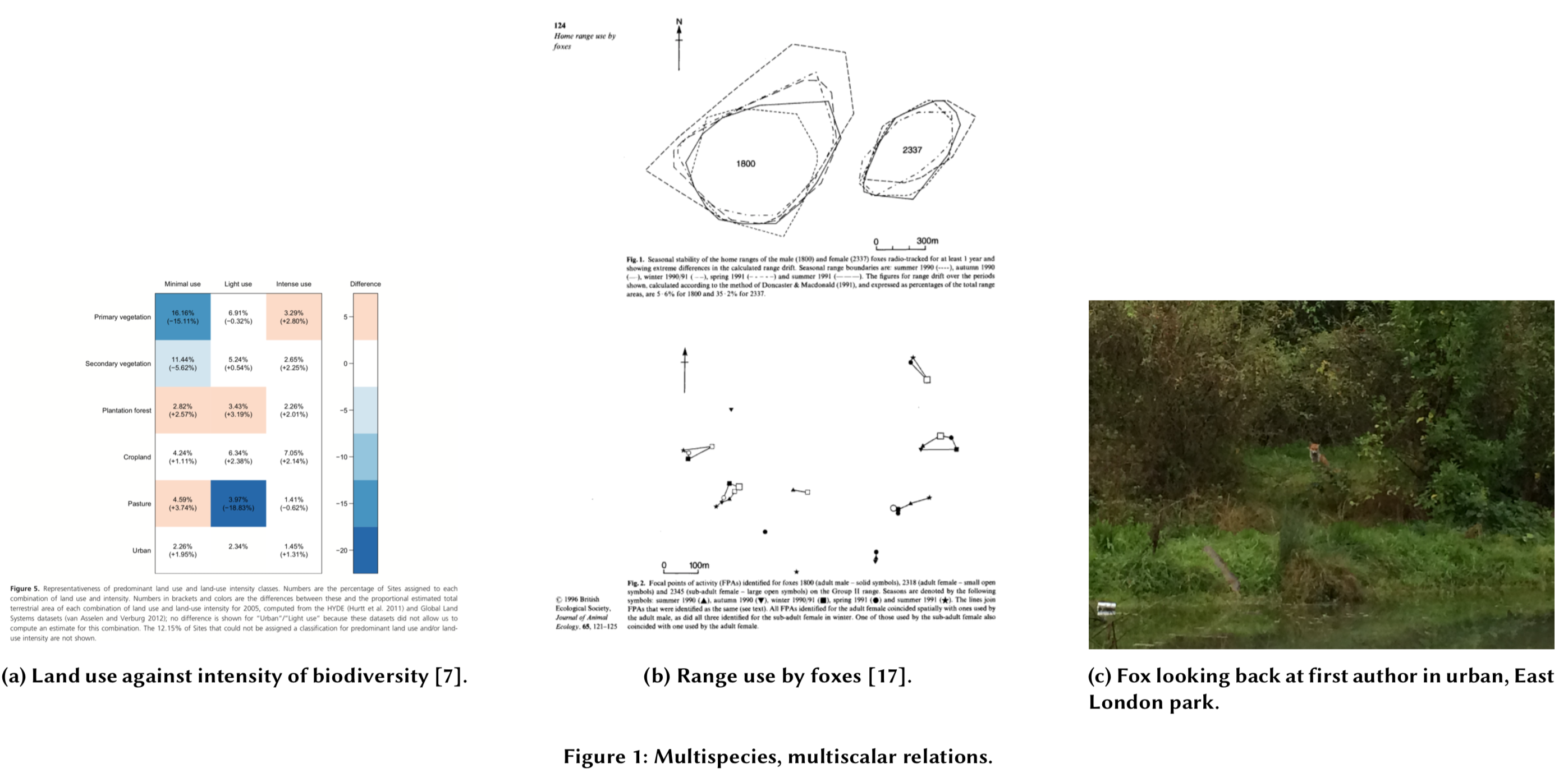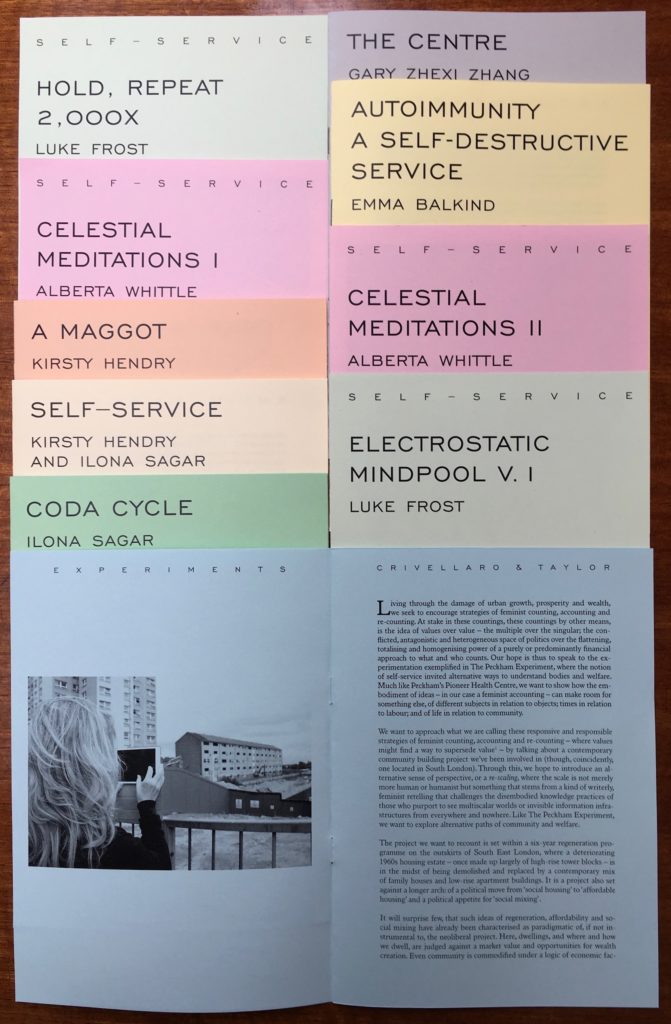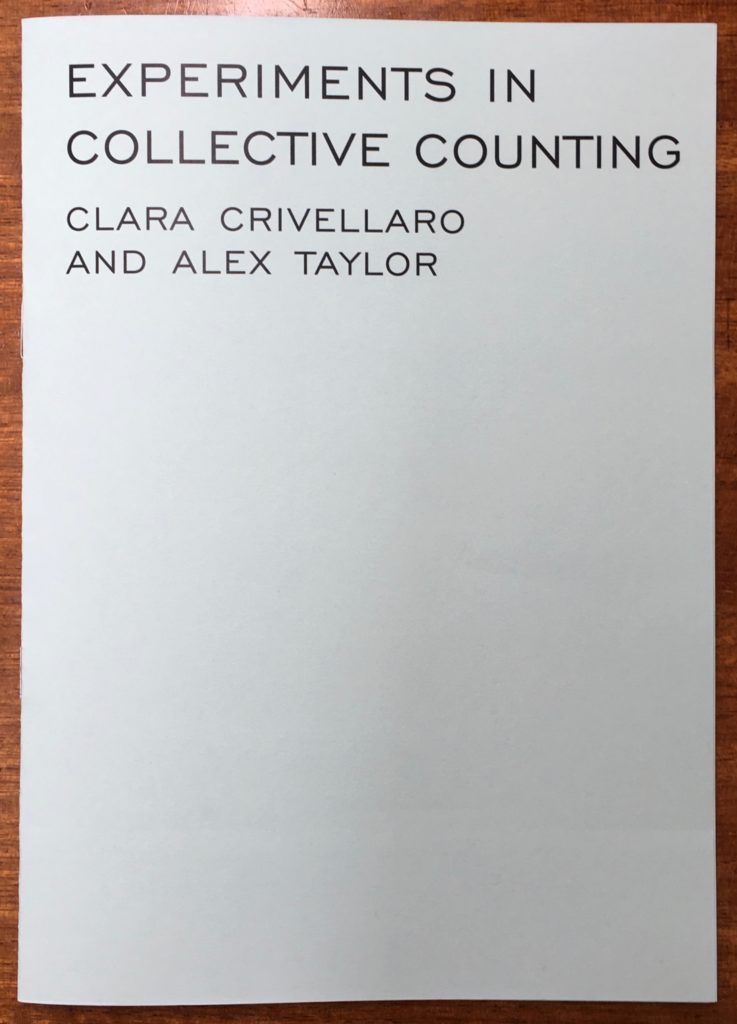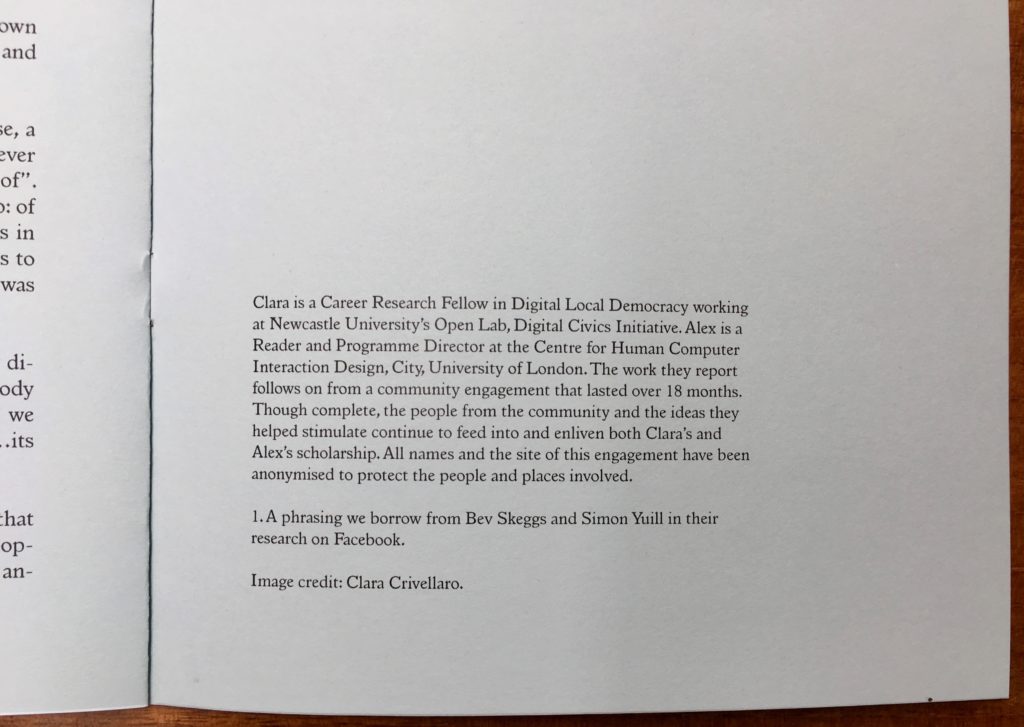Very happy to have participated in the CHI ’19 conference workshop:
Exploring the Intersection of Philosophy and HCI
Ann Light and I wrote a short piece for the workshop:

ABSTRACT: This short piece, far too short for the space it demands, spins together a lively and unwieldy story about methods—the practices we in design and design research follow to both know about the world and to have an affect on it. We speculate on a mode of doing design inflected with questions about what we are doing when we study and intervene in the world. This is a project full with the hope of renewed designerly methods that make more of/in the world; that promote a flourishing of difference; and that might just lead to modest but better ways of living and dying together. Our philosophy (if that is not too grand a word for it) comes less from a ”standing on the shoulders” of any one person, and more a thinking through and with feminist ways of knowing, doing, and being. Weaving into a mesh of ideas from the likes of Barad, Derrida, Dewey, Durkheim, Hacking, Haraway, Law, Stengers, and so on, we find there to be troubles between the ways we come to know the world (doings, methods or practices), and what we know (knowings or theories). The problematic distinction between such doings and knowings, and the murky worlds between them, open up a space for thinking-doing a world otherwise. When we come to accept that what we do and what we know are always already together, and that this ’togetherness’ is all the world can be, then we, in design, are left with a beginning: “What worlds do we want to do-know?”
Download PDF



